The content of the article
Being a natural dye, henna came to the modern world from the distant past. Previously, it was used exclusively for creating tattoos and mehendi (temporary body painting). Currently, henna is very popular because it restores damaged strands, gives the hair a natural shine and emphasizes the depth of color. Henna is an ideal option for oily hair, it normalizes the activity of the sebaceous glands.
How to choose henna for hair coloring
Henna is produced from the leaves of Lawson, which grows in Egypt, India and the Middle East. The plant is first dried, then manually grinded to form dust.
By territorial designation, Iranian and Indian henna are distinguished. By their characteristics, as a dye, they are almost identical, with the exception of two differences - price and practicality. Indian henna is more expensive, it is more difficult to find, while Iranian henna is sold in any cosmetic store at an affordable price.
Indian henna is easier to wash off from the hair, due to which the final result is always uniform. In cases with Iran, this is not observed. In order to achieve a uniform color, you have to work hard.
If you decide to give preference to an elite series in the form of Indian henna, purchase it in professional cosmetics stores or online. In the second case, go to the official manufacturer's website, ask about the availability of all certificates, only then fill out the order form.
You can verify the quality of the goods after purchasing it. Brown color indicates expired shelf life, dirty swamp green indicates that henna is fresh.
Effect of henna on hair
Before the procedure, it is important to learn basic knowledge. The composition of the dye does not penetrate the hair shaft, it lingers only in the upper layer. Neither Iranian nor Indian henna guarantees a copper or red hue. The final result depends on the current color of your hair.
So, light blond beauties will be able to create a golden mop, while girls with a chocolate shade of hair can not dream of such a thing.
Remember, natural henna does not lighten hair! If the consultant furiously asserts the opposite in the store, this indicates the artificial composition of the dye.
Positive properties of henna:
- relieves dandruff, treats minor inflammation on the scalp;
- nourishes weak, dull and lifeless hair;
- acceptable staining during pregnancy;
- protects from the harmful effects of environmental factors (sea water, wind, sun, etc.);
- creates visual density due to thickening of the hair;
- dyes in a deep and saturated color;
- possesses cumulative properties of a coloring pigment;
- normalizes the production of subcutaneous fat;
- restores hair at a moderate frequency of staining;
- colorless henna heals hair many times better than color.
Negative properties of henna:
- the composition is poorly washed from the upper layer of the hair;
- the difficulty of overlapping the pigment with other paints;
- an unexpected result is possible during the first staining;
- a significant difference in the final result and the shade indicated on the package;
- frequent and prolonged dyeing turns hair into a "washcloth";
- the inability to use the composition as a clarifier;
- incorrect graying of gray hair (color difference remains);
- the impossibility of carrying out the procedure on hair dyed with persistent dyes;
- a large number of fakes, it is difficult to identify a natural dye.
Contraindications to hair coloring with henna:
- burnt and split hair;
- perm;
- preliminary coloring of hair with ammonia dyes;
- a large area of gray hair (more than 35%).
Possible shades of henna
Many girls, hearing the word "henna" immediately represent fiery red strands. However, the situation is different. Depending on which tint you want to get, natural ingredients are added to henna. Let's consider everything in order.
Adding clove infusion, strong brewing from black tea or natural brewed coffee will help make the chestnut color deeper or create it from scratch.
To give the hair a naughty golden shine, dilute the powder with chamomile infusion, turmeric spices, rhubarb or saffron.
If you want to fix the copper tint, use a decoction of onion peels. It can be added directly to henna or used as a rinse aid after staining.
Girls who want to achieve a persistent chocolate shade are recommended to plant henna in a decoction of kernels and shells of unripe walnuts.
You can give your hair a burgundy or eggplant tint with the help of hibiscus, beets, elderberry juice, madder root or red wine.
Experts advise experimenting with different shades using Indian henna. As mentioned earlier, Iranian henna is cheap and unpredictable.
How to dye your hair with henna
Before proceeding to the procedure, you need to prepare a composition for staining. Henna is available in 25 g sachets, in a box of 3 pcs. One bag is enough for short hair, two are bred on a medium-length hair, and three are used to color long curls.
Dilute the composition according to individual characteristics. In a glass or ceramic container, fill the powder with hot water (not boiling water!), Close the lid and leave for 25 minutes. The mixture should not be liquid, but viscous. You can also fill the mixture with water at room temperature and leave it overnight, by morning the henna for painting will be ready.
Experts advise adding a few egg yolks or fatty kefir to the diluted powder. With the help of simple manipulations, the composition will be easier to apply, and the hair will be enriched with nutrients.
Despite the fact that henna is a natural dye, be sure to take care of the presence of rubber or polyethylene gloves. Prepare a brush or food sponge for applying, change into old clothes.
The main difference between henna and ammonia paints is that the mixture is applied to clean hair. Otherwise, the composition is distributed unevenly, forming incomprehensible and ugly patterns on the hair.
- Wash your hair with shampoo, do not use balm. Gather them in a tail, squeeze out excess fluid. Wrap your head in a cotton towel and wait until it has completely absorbed moisture (15-20 minutes). At the end of time, comb the strands with a comb with rare and wide teeth.
- Before applying henna to the entire surface of the hair, it is recommended to conduct a test. Put on gloves, highlight 1 thin strand on the lower part of the occipital region. Draw a little funds on the brush or sponge and color the curl, wait 35 minutes. Wash off the composition and evaluate the result. Depending on the desired color intensity, in the future you need to add or reduce the exposure time.
- Take a fat cream, cover them with ears, neck, temples, forehead, do not touch the hair. This should be done in order not to stain the skin, because henna is poorly washed off.
- Divide the hair into 8-10 equal parts, break them into strands 2 cm wide and stab at the roots. Dissolve one on the occipital region and begin staining.
- Put the lock on your hand, draw a lot of henna on the brush and distribute it throughout the curl. The product is applied only in a plentiful layer, otherwise the stained areas will remain. Cover immediately the entire strand from the roots to the ends.This technique will reduce the time for the procedure and will allow you to get plain hair.
- Wrap the colored strand with foil, dissolve another curl on the back of the head, do the same. After you process the entire occipital region, smoothly move to the crown. Begin staining symmetrically from top to bottom, going down to the ears. Also wrap the strands in foil.
- You can achieve a good effect if you additionally wrap the head with cling film, collecting all the strands under it. Then you can wrap a warm terry towel. This advice should be neglected by fair-haired ladies, because instead of a beautiful red shade, a dirty carrot or orange color can turn out.
- Now you need to maintain the composition on the hair for a certain period of time. The approximate date is indicated by the manufacturer in the attached instructions, but do not blindly trust him. You have already run the test on your own separate lock, build on that.
- There is a general recommended holding time, but it is for guidance only. So, the fair-haired beauties need to keep henna for 25 to 40 minutes. Blondes last 10-20 minutes, dark-haired young ladies have the worst of all: the exposure time of the paste on the hair conditionally ranges from 1.5 to 3 hours, in some cases, the composition can be left overnight (black, brown, burgundy hair).
- The mixture is washed off with warm water one by one. Remove the foil, rinse the curl, proceed to the next. Moreover, it is important to know that washed hair should not come in contact with dyed. After you have processed all the strands, apply a balm on them, hold for 10 minutes and rinse. Only after this you need to apply shampoo and balm again. This unusual feature is present when removing henna from hair.
Before you start staining, make sure there are no contraindications. Choose a suitable shade, optionally add natural ingredients. Remember to do a color intensity test. You can not use henna on previously dyed with resistant dyes hair.
Video: how to dye your hair with henna

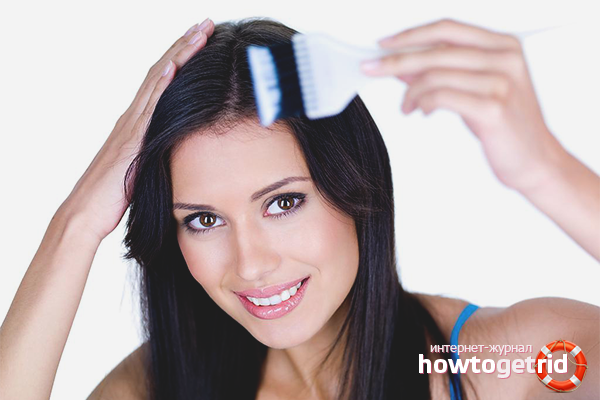
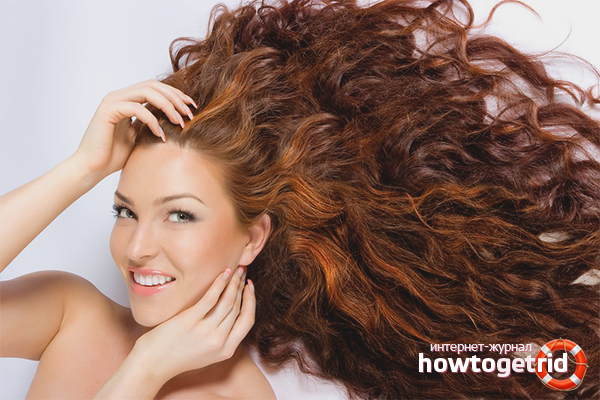

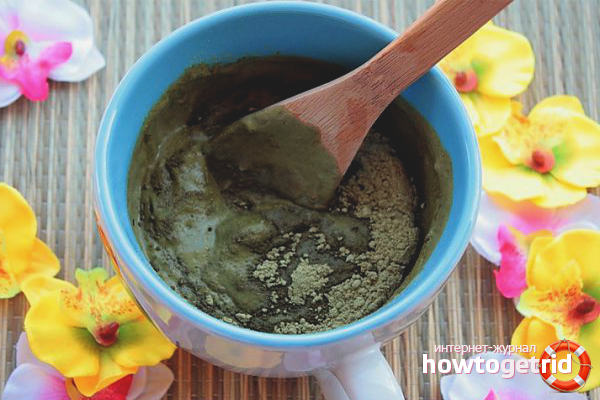
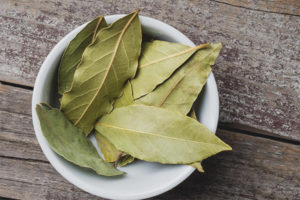



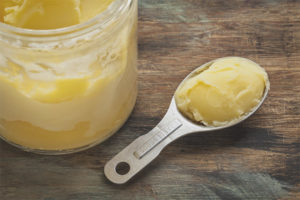


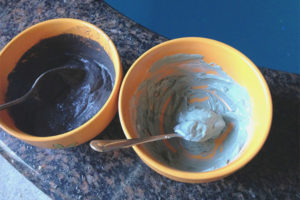
Submit